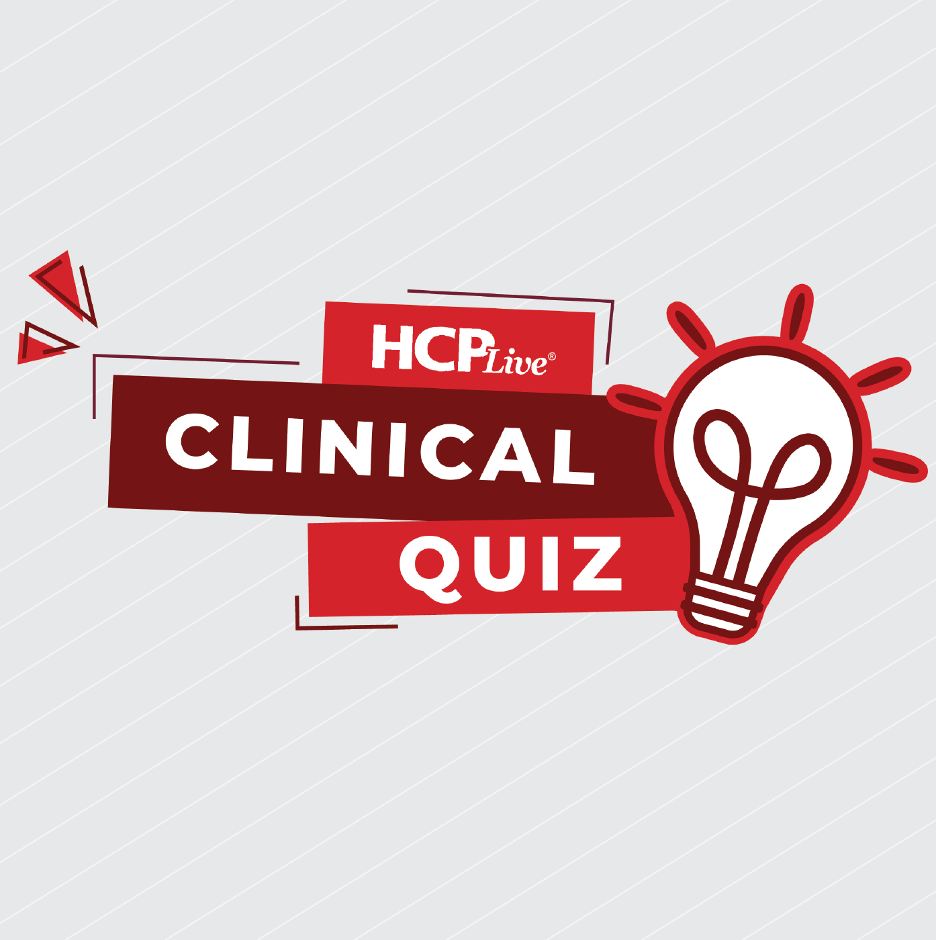News
Article
Expert Panel Develops Consensus Definition, Clinical Tool for Anaphylaxis Care
Author(s):
Key Takeaways
- A consensus definition and clinical support tool for anaphylaxis was developed by a 46-member expert panel.
- The tool aids in recognizing and managing anaphylaxis, emphasizing rapid progression and potential fatality.
A 46-member expert panel created a consensus anaphylaxis definition, overview, and clinical tool to aid clinicians in recognition and management across settings.
Timothy E. Dribin, MD
Credit: Cincinnati Children’s Hospital Medical Center

A 46-member expert panel developed a consensus anaphylaxis definition, overview, and clinical support tool based on feedback from medical and patient advocacy organizations.1
“This will allow providers who may not have experience managing anaphylaxis an all-in-one reference to support both recognition and management decisions for patients across the age spectrum and in different clinical settings,” wrote the panel, led by Timothy E. Dribin, MD, from Cincinnati Children’s Hospital Medical Center and Antonella Muraro, MD, PhD, from the Food Allergy Center at the Department of Woman and Child Health at Padua University Hospital in Italy.
The 2006 National Institute of Allergy and Infectious Disease/Food Allergy and Anaphylaxis Network established anaphylaxis criteria that are widely used in clinical care and research. However, the World Allergy Organization published modified criteria in 2020 that have not been universally adopted, emphasizing awareness and training of anaphylaxis.2
The GA 2LEN anaphylaxis study team sought to develop a consensus anaphylaxis definition, overview, and clinical support tool.1 A 12-member writing group drafted these with input from a 46-member international expert panel, 30 medical stakeholder organizations, and 15 patient advocacy organizations.
The anaphylaxis definition, agreed upon by 43 of 46 experts (93.5%), was as follows:
“Anaphylaxis is a rare serious allergic (hypersensitivity) reaction that can progress rapidly and may cause death. It may involve the skin/mucosa (includes lip/tongue) respiratory (lungs, breathing), cardiovascular (heart, blood pressure), and/or gastrointestinal (stomach/gut) systems. Life-threatening anaphylaxis is characterized by respiratory and/or cardiovascular involvement and may occur without skin/mucosa involvement.”
The anaphylaxis overview, agreed by 45 of 46 experts (97.8%), included important anaphylaxis information, such as presentation, infant findings, common allergens, courses, outcomes, pathogenesis, diagnosis, and management.
The panel developed an anaphylaxis clinical support tool for healthcare professionals, agreed by 43 of 46 experts, which informs clinicians what to examine when determining a patient’s likelihood of having anaphylaxis. The tool considers whether a patient’s allergen exposure is unknown, likely known, or known.
For patients with unknown allergen exposure, it could be a sign of anaphylaxis if they have a sudden onset of an illness with skin or mucosal involvement and either respiratory or cardiovascular involvement. Skin involvement may include urticaria, flushing, erythema, and facial swelling, and mucosal involvement may include lip, tongue, or oropharyngeal swelling, severe throat tightness, and difficulty swallowing.
Moreover, respiratory involvement can include wheezing, increased work of breathing, hypoxemia, cough, dyspnea Laryngeal, stridor, and voice change. Cardiovascular involvement may include hypotension, syncope, dizziness, and unexplained changes in mental status.
Patients with a likely known allergen exposure have a sudden onset of illness with ≥ 2 of the following: skin/mucosal involvement, respiratory involvement, cardiovascular involvement, and severe gastrointestinal involvement. Gastrointestinal involvement may include severe crampy abdominal pain, repetitive vomiting, and diarrhea.
Furthermore, patients with known allergy exposure have a sudden onset of either respiratory involvement after exposure to a non-inhaled allergen or cardiovascular involvement.
The support tool advises healthcare professionals to immediately administer intramuscular epinephrine or adrenaline at the first sign of anaphylaxis. Patients should receive this even if they do not fully meet the criteria, at the clinician’s discretion.
Epinephrine should be administered in the middle third of the anterolateral thigh and repeated every 5 – 15 minutes if the patient does not respond. For manual injections, patients should receive 0.01 mg/kg of 1 mg/mL (1:1000) solution with a max dose of 0.5 mg. Auto-injectors should be < 13 kg: 0.1 or 0.15 mg; 13 to < 25 kg: 0.15 mg; ≥ 25 kg: 0.3 (≥ 50 kg: 0.3 mg or 0.5 mg).
The panel designed the clinical support tool to be generalizable to various medical fields and help standardize research outcomes.
“The definition would be worded differently if intended only for healthcare providers, specifically, not including that anaphylaxis ‘may cause death,’ which is an uncommon event,” the panel wrote.
Patient advocacy organizations highlighted that patients or caregivers may not know anaphylaxis is fatal—a detail important for awareness.
“Although there are potential downsides of including may cause death (e.g., overemphasizing the true risk of fatalities, causing undue stress for patients and caregivers), the expert panel…felt the potential benefits…outweighed the downsides especially because it is not yet possible to predict anaphylaxis fatalities,” the panel wrote.
References
Dribin TE, Muraro A, Camargo CA Jr, Turner PJ, Wang J, Roberts G, Anagnostou A, Halken S, Liebermann J, Worm M, Zuberbier T, Sampson HA; GA(2)LEN Anaphylaxis Study Team. Anaphylaxis definition, overview, and clinical support tool: 2024 consensus report. J Allergy Clin Immunol. 2025 Jan 27:S0091-6749(25)00072-7. doi: 10.1016/j.jaci.2025.01.021. Epub ahead of print. PMID: 39880313.
Cardona V, Ansotegui IJ, Ebisawa M, El-Gamal Y, Fernandez Rivas M, Fineman S, Geller M, Gonzalez-Estrada A, Greenberger PA, Sanchez Borges M, Senna G, Sheikh A, Tanno LK, Thong BY, Turner PJ, Worm M. World allergy organization anaphylaxis guidance 2020. World Allergy Organ J. 2020 Oct 30;13(10):100472. doi: 10.1016/j.waojou.2020.100472. PMID: 33204386; PMCID: PMC7607509.





